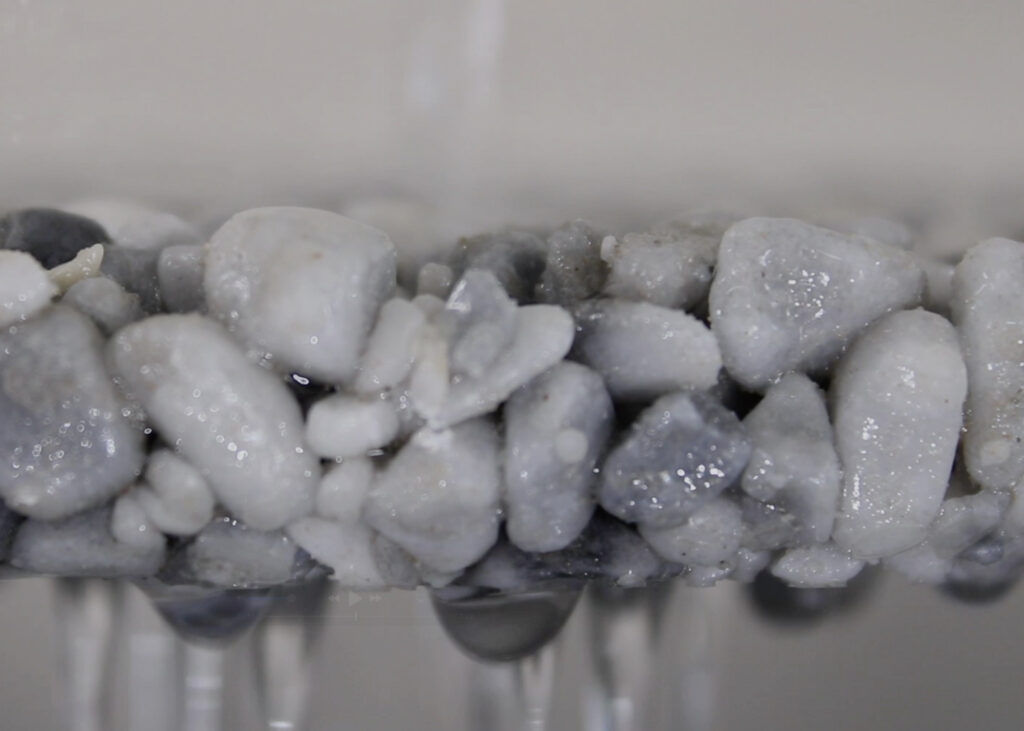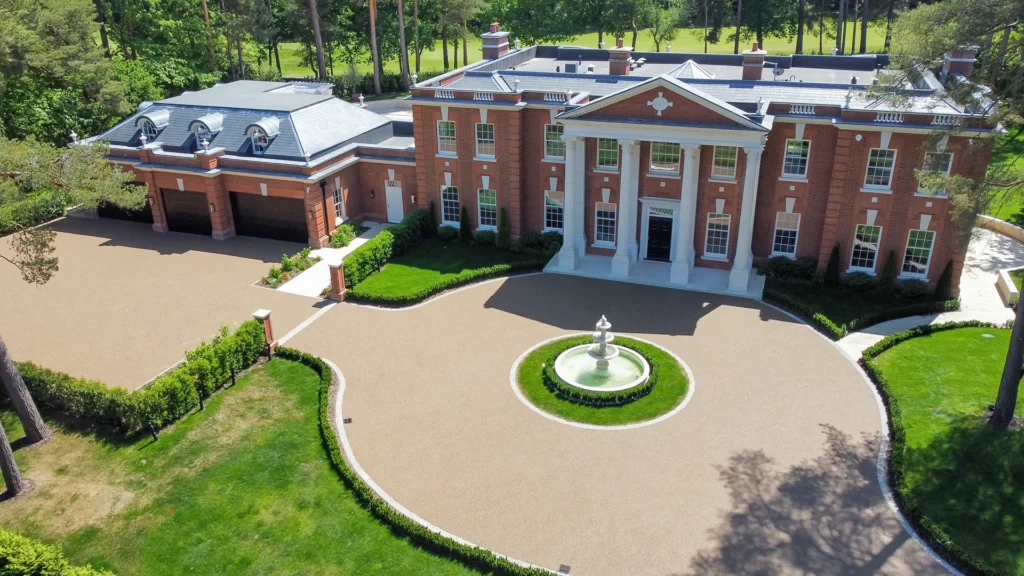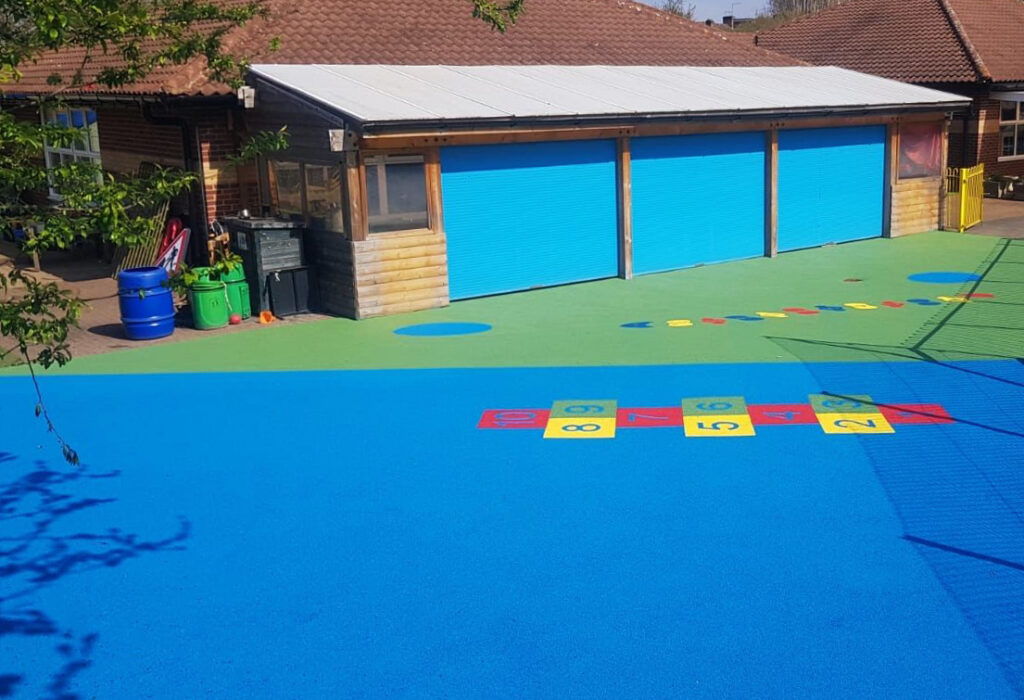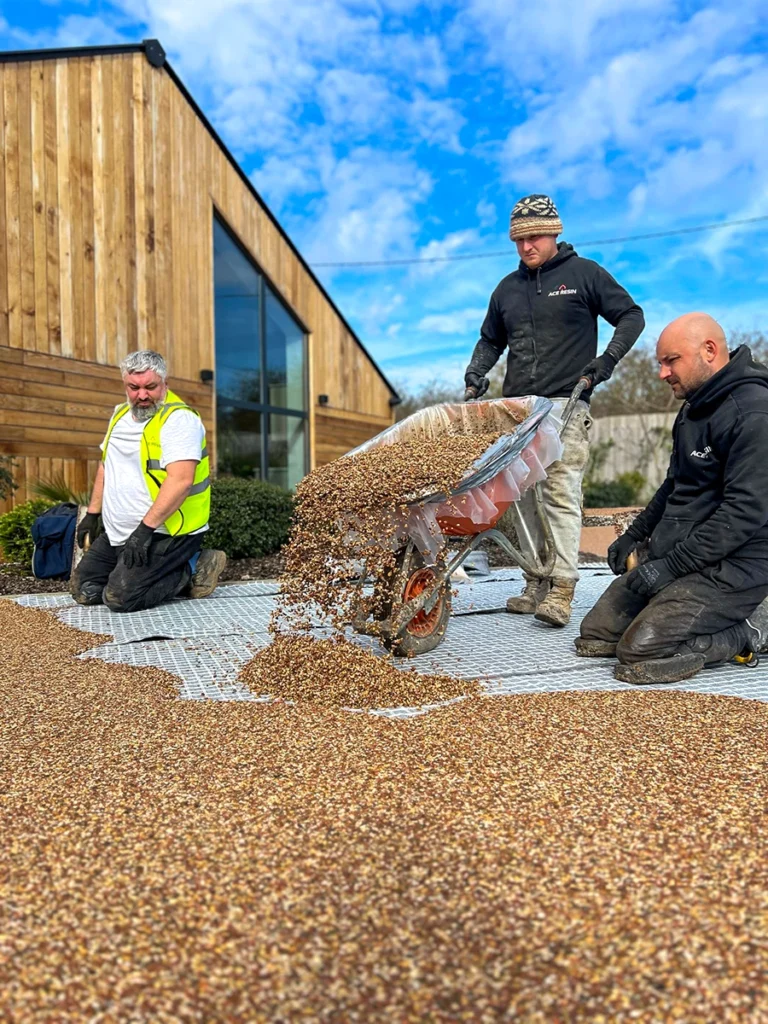Porosity vs Permeability: What’s the Difference?
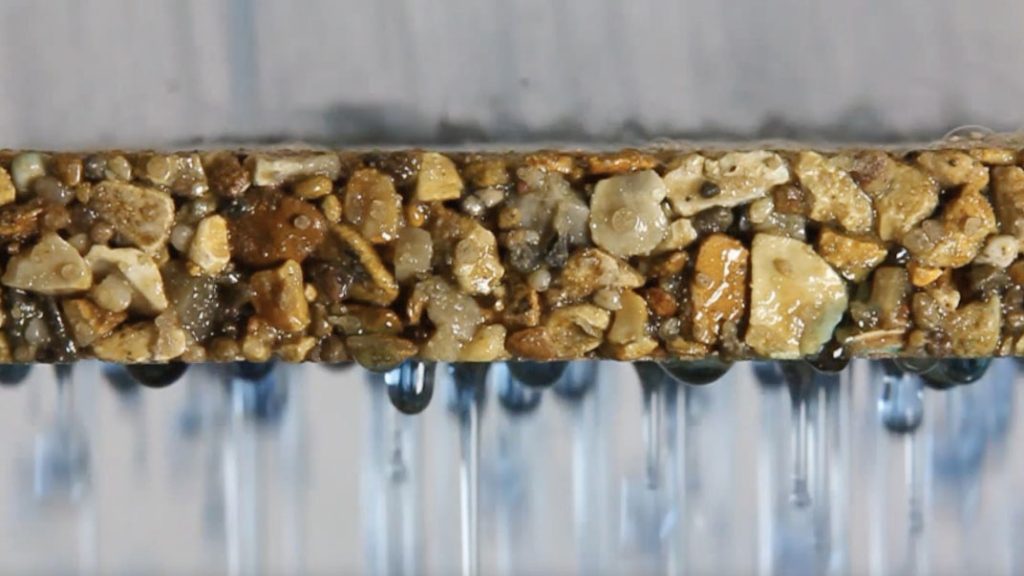
When it comes to resin bound surfacing, you’ll often see the terms porosity and permeability. They sound technical, but they’re key to understanding why resin bound systems work so well for driveways, patios, and paths. Let’s explore what they mean, how they differ, and why they matter.
What is Porosity?
Porosity is the measure of how much empty space (or “pores”) exists within a material.
These pores can be tiny or large, evenly spread or irregular, but together they make up the percentage of a material’s volume that isn’t solid. The more pores, the higher the porosity.
Examples of porous materials include:
- Soil – the gaps between particles allow it to store air and water.
- Sponges – their many holes make them ideal for soaking up liquid.
- Certain rocks – like sandstone, which holds water in its tiny cavities.
Porosity on its own doesn’t always mean water can move through the material – just that the “spaces” exist. That’s where permeability comes in.
What is Permeability?
Permeability (sometimes called perviousness) describes whether fluids can actually pass through those pores.
For water to flow through a material, the pores must be interconnected. If they’re sealed off or blocked, water will stay trapped, even if the material looks porous.
Examples of permeable materials include:
- Gravel – rain easily drains between the stones.
- Permeable paving – designed with channels that let water infiltrate the ground.
- Resin bound surfacing – the stones are bound in resin with tiny gaps left between them, creating a strong but open structure that allows water to drain away.
Porosity vs Permeability
Although the two are closely related, they aren’t the same:
- Porosity = how much empty space a material has
- Permeability = whether those spaces are connected and allow water or air to move through
A material can be porous but not permeable. For example, pumice stone has many tiny pores, but because they’re not all connected, water doesn’t easily flow through it. In contrast, resin bound surfacing is both porous and permeable – the perfect combination for drainage.
Why This Matters for Resin Bound Surfaces
When it rains, traditional surfaces like concrete and tarmac don’t let water pass through. This causes puddling, surface water runoff, and, in some cases, localised flooding.
Resin bound surfacing solves this by combining porosity and permeability:
-
The porous structure leaves space for water to go.
-
The permeable design ensures water flows through and drains into the ground below.
This makes resin bound driveways, patios, and paths fully SuDS compliant (Sustainable Drainage Systems), helping to reduce flood risk and manage stormwater responsibly.
The Bottom Line
Porosity tells us whether a material has space for water. Permeability tells us whether that water can move through it.
Resin bound surfacing offers both – providing durable, low-maintenance finishes that not only look great but also manage rainwater naturally. That’s why it’s become one of the most sustainable and practical choices for modern landscaping projects.
Frequently Asked Questions
Porosity is the amount of empty space inside a material. These “pores” can be tiny gaps or holes that make up part of the material’s structure. The higher the porosity, the more space there is inside for water or air to occupy.
Examples of porous materials: soil, sponges, sandstone, and resin bound surfacing.
Permeability (sometimes called perviousness) refers to whether water or air can actually flow through those pores. For permeability to work, the pores must be interconnected rather than sealed off.
Examples of permeable materials: gravel, permeable paving, and resin bound surfacing.
Yes. A material can have pores but still not let water pass through if those pores aren’t connected. For example, pumice stone is porous but not very permeable. Resin bound surfacing is both porous and permeable, which is why it drains so effectively.
- Concrete/tarmac: Not permeable – water sits on top or runs off into drains.
- Block paving: Some permeability, but weeds can grow in the joints.
- Resin bound: Fully permeable, strong, attractive, and low-maintenance.
Contact us today for a free quote and see how we can transform your school playground
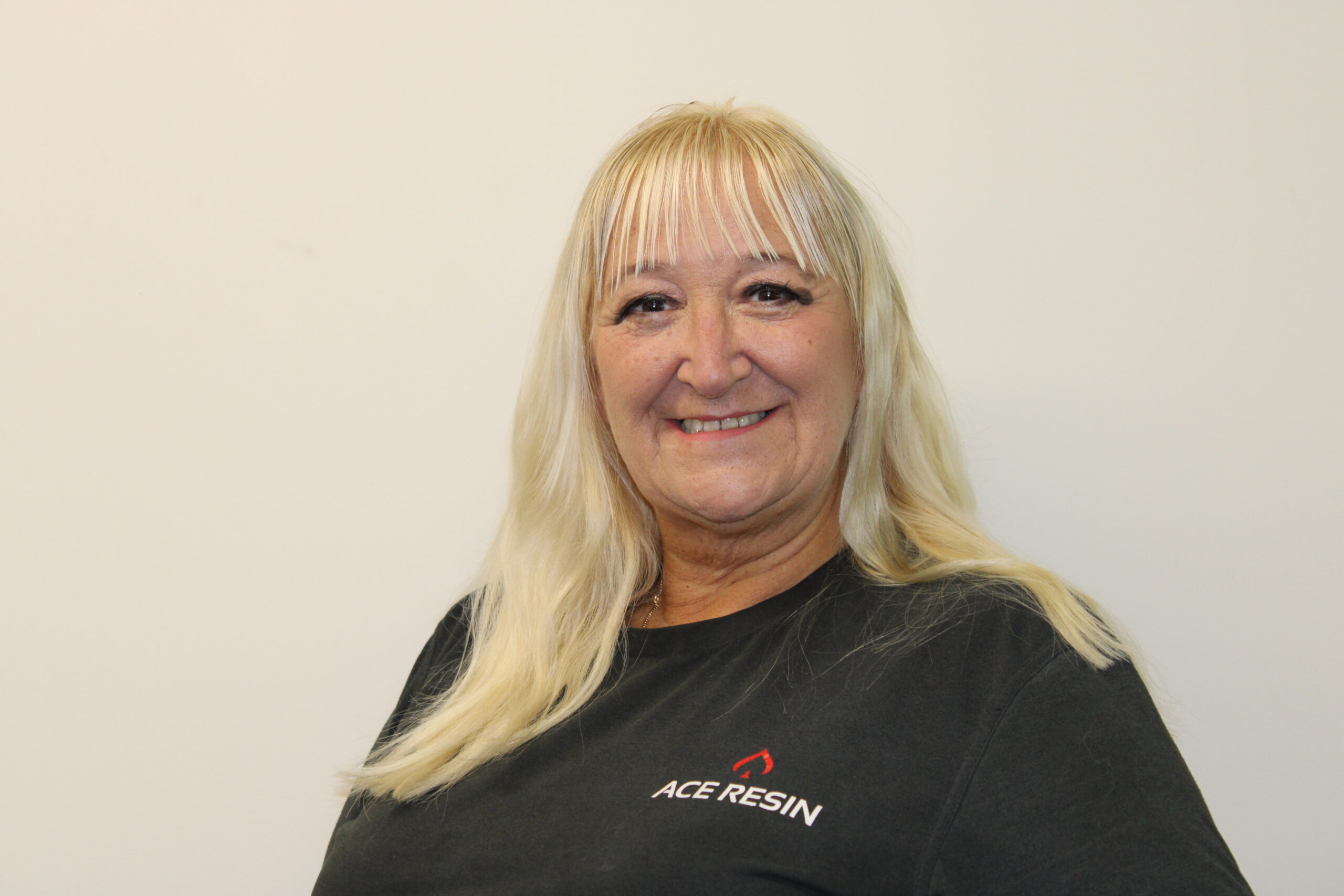
Donna Jones
HEAD OF SALES
Donna Jones, Head of Sales at Ace Resin, has 40 years of construction experience, including two decades at the forefront of resin-bound surfacing. Passionate about innovation and sustainability, she plays a key role in supporting contractors across the UK, helping them enhance their projects with premium, eco-friendly solutions and expert training.
